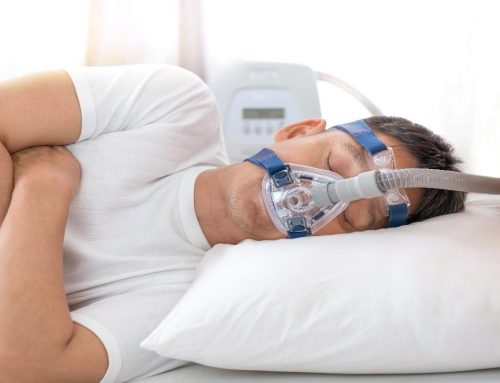Table of Contents
Addressing Red Marks and Skin Damage from Your CPAP Mask

Without a doubt, CPAP can be a life-changing therapy. However, CPAP use can cause problems such as CPAP marks on the face and CPAP sores inside the nose, making it challenging to maintain comfortable and effective treatment. One common side-effect is skin irritation or damage on areas where the mask sits on the face. Solving skin damage and red marks on skin with CPAP use is increasingly becoming essential for CPAP users. Here three most frequent causes of this problem and exceptional approaches on how to resolve them.
-
Bacteria
Bacteria is the most common cause of skin irritation when using a CPAP machine. The silicone in the CPAP mask cushion slowly gets worn out courtesy of skin oils. That creates microscopic pockets on the surface of the cushion that bacteria can thrive in. If you notice red marks starting to occur after a few weeks of using a mask, bacteria are almost certainly the cause. The solution is simple! Regular cleaning of your CPAP mask should keep bacteria to a minimum. Additionally, you can use a pack of CPAP Mask Wipes or use the SoClean 2 CPAP Sanitizer – the only sure way to kill bacteria entirely.
-
Silicone-Allergy
Are you wondering how to get rid of CPAP side effects including a cpap rash? It is vital to understand the cause of the rash before seeking medical attention. The rashes and red marks are caused by bacteria and tend to develop over time. If red marks appear within one or two instances of using a new mask, an allergy to silicone is more likely to be caused. This problem is slightly delicate to solve because nearly all CPAP masks use silicone. Notably, even gel masks have a fine silicone membrane. However, the Sleep Weaver range of CPAP mask is made from fabric. That makes them most “skin-friendly” masks on the market that can help prevent rashes, red marks, and CPAP face swelling.
-
Poor-Fitting Mask

Another common cause of red masks is wearing an unfitting CPAP mask. Sometimes leaks can make patients strap the mask to their face tightly. Consequently, that causes red marks and skin breakage. That can also lead to a sore nose from CPAP nasal pillows of a loose mask.
One of the idea solutions is to loosen the mask. This may sound counter-intuitive, but sometimes a looser fit allows the mask space to adjust to suit your face structure. If you are unable to obtain a good fit, you can try a CPAP mask of a different shape.




 Shop
Shop



